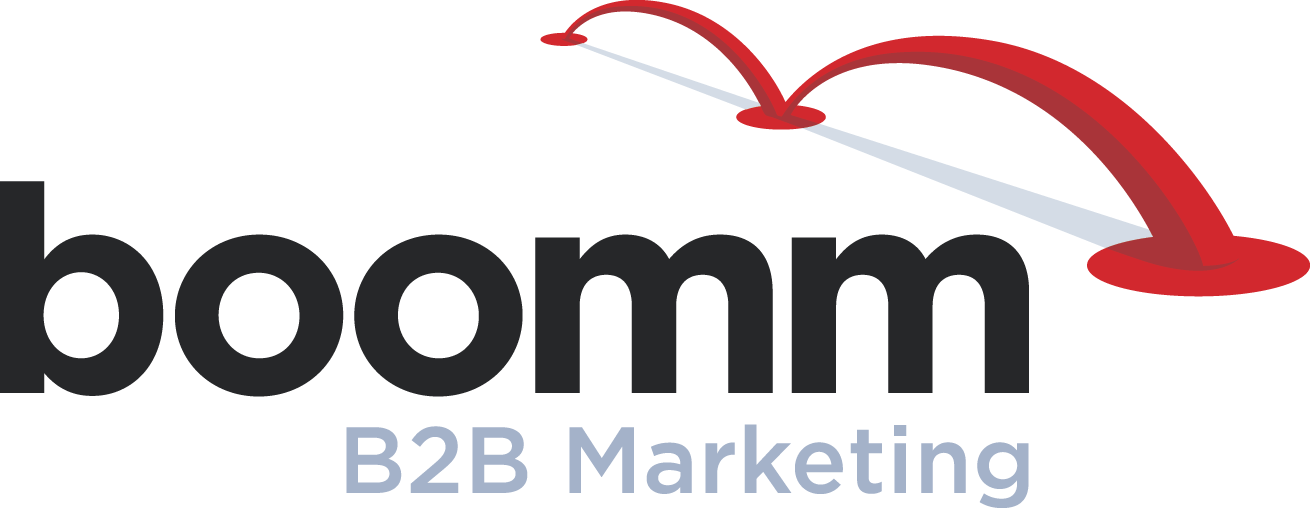The most dangerous question

A major B2B program status meeting is about to start. Every key department is represented, including the C-Suite, Strategy, Analytics, Category Marketing, Sales, Logistics, Social Media, Programming, IT, Finance and Account Services. To underscore the importance of this cross-functional gathering, no one is checking their phones, not even covertly.
At precisely 9:00 am, the big meeting begins.
First, the CEO reinforces the overarching objectives of the program: capture more market share, achieve better visibility with key decision makers, build brand equity, and make the shareholders happy.
Then, Strategy shares a massive omnichannel plan designed to realize those ambitious goals.
Next, Analytics weighs in with the KPIs the project must achieve to be considered a success.
Category Marketing confidently confirms that the regional offices and local branches are all aligned to support the launch.
Sales declares that every field rep has been trained on how to bring customers into the fold.
Logistics assures the team that no supply chain hiccups will hamper the initiative.
Social Media reviews the program content calendar for the next two quarters.
Programming and IT present a schematic showing how recent upgrades to the company’s tech stack will ensure seamless integration and real-time reporting.
Finance reports on the projected budget, which is the largest program expenditure for the fiscal year.
Finally, Account Services thanks the departments for their coordinated efforts.
After the updates conclude, everyone is beaming. This is a true team effort and a sure-fire hit. It may even reshape the industry for years to come.
The CEO rises majestically and gets ready to catch a waiting jet. But before she strides into the Fortune 500 sunshine, she flexes her rhetorical influence, “There are no questions, right?”
One hand is reluctantly raised.
The CEO stares at the unfamiliar face. Who is that and why is she busting the buzz?
“Excuse me, do I know you?” the CEO scoffs.
“I’m Kamaria. The new hire.”
“Congratulations, Komerica. Where do you work?”
“Creative.”
“Oh. I see. And your question is…”
“What’s the concept?”
“Pardon me?”
“With all due respect, it seems like everything is carefully coordinated for launch except the big idea. What’s the concept?”
Everyone gasps. Blasphemy. What kind of a question is that?
Actually, it’s a bold one. And it’s the right one. But very few people have the courage to ask it.
“What’s the concept?” has quietly become the most dangerous question in B2B. Let’s consider why that happened and why it’s worth asking.
Communications without concepts
For the record: True concepts are overarching ideas that help guide every aspect of a B2B program in any channel. They are relevant, thought-provoking, and can usually be defined in a short statement or two. Most importantly, they are grounded in the prospect’s pain points and helping them find a better solution.
Judging by recent campaigns, some very prominent and successful B2B companies have deprioritized concepts as afterthoughts, or worse, eliminated them altogether.
For proof, Google any issue of your industry’s leading publication. Look at the ads in all different formats. Do they have original, relevant concepts? Or are they driven by some other, more tangible factor, such as product upgrades, recent market expansion or updated packaging? Chances are good that most simply offer executions on a message.
Why are concepts missing from so much B2B marketing?
For one reason, there are more voices in the decision-making process, and they have different agendas. Concepts are hard to justify to someone who is focused on throughput or first party data.
In addition, programs are more fragmented. Creating a quick digital ad for a specific region might take priority over integrating all campaign channels under a conceptual umbrella.
However, the biggest reason may be that many decision makers believe content can supplant the concept.
For example, a video that explains a product’s new features is merely content. It may be relevant and informative, but it lacks bigger picture thinking.
Now, let’s start that same video with a concept. It would use a unique approach to establish relevant challenges from the prospect’s perspective. That would draw them in, establish a meaningful connection, then solve the challenges with the product’s new features.
The great equalizer
Here’s one final thought in defense of B2B concepts.
If you work for a smaller firm that’s trying to gain ground on industry leaders, the task might appear impossible. How can you compete with established brands whose marketing budgets far exceed yours? From the outside, they would seemingly hold every advantage.
However, you can still outthink them. A smaller B2B firm can impact the industry with a relevant, breakthrough concept. That’s the great equalizer because it gives you the power to reshape perceptions and get your company into the consideration set.
The next time you are planning a B2B marketing program, be sure to ask yourself, “What’s the concept?” If you don’t ask, your customers surely will.


